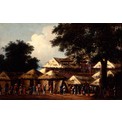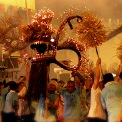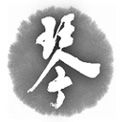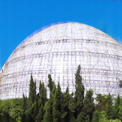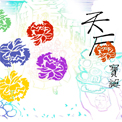 Collections
Collections The Oral Legacies (I) - Intangible Cultural Heritage of Hong Kong
The Oral Legacies (I) - Intangible Cultural Heritage of Hong Kong Cantonese Opera
Cantonese Opera The Origin of Cantonese Opera
The Origin of Cantonese Opera
Cantonese opera is the mainstream operatic genre in Guangdong in South China. Its history can date back to the 16th century, during the reign of Emperor Jiajing (1522-1566) of the Ming dynasty. It evolved over time with the assimilation of various theatrical and vocal styles, such as the yiyangqiang and Kunqiang of the Ming period, the operatic forms of Xiqin and Han opera of the early Qing, the regional theatre of Jiangsu, Henan, Anhui, Hunan and Guangxi, and the narrative singing and music of indigenous Guangdong.
Foshan used to be the hub of Cantonese opera with the conglomeration of many troupes during the reign of Emperor Qianlong (1736 – 1795). But during the Taiping Rebellion, a political coup led by a Cantonese opera artist, Li Wenmao, against the Qing government resulted in a ban on Cantonese opera performances. To counter that, according to archives, the troupes took on the moniker as “Peking opera troupes” in order to continue performing on stage. The ban was lifted during the reign of Emperor Tongzhi (1862 – 1874), and Cantonese opera enjoyed a gradual revival. The artistic hub also moved from Foshan to the city of Canton (“Guangzhou” today). An artists’ guild called the “Pak Wo Association” was established in Huangsha district of Canton in 1889. It became a driving force behind the spread of the genre from Guangdong to Guangxi. By the early 20th century, the singing language also changed from Mandarin used for the stage (or “Guilin Mandarin”) to Cantonese.
